If you want to keep your home-canned pickles crispy, you’ve probably heard of pickle crisp.
But what is it exactly—and do you really need to use it?
Let’s discuss!
What Is Pickle Crisp?
Pickle Crisp is a product used to ensure that pickles remain firm and crisp after the pickling process.
If you’re new to pickling, learn how to pickle cucumbers here.
It is made from pure calcium chloride, which is packed into small jars for convenient use.
In most cases, you just add a small amount to your brine during the pickling process to achieve a desirable, crispy texture.
Prices pulled from the Amazon Product Advertising API on:
Product prices and availability are accurate as of the date/time indicated and are subject to change. Any price and availability information displayed on [relevant Amazon Site(s), as applicable] at the time of purchase will apply to the purchase of this product.
Calcium Chloride: A Firming Agent
Calcium chloride—a coarse powder, consisting of small white round balls—is the main component of Pickle Crisp. It is a food-grade ingredient that acts as a firming agent to keep your pickles from becoming too soft.
When purchasing calcium chloride for pickle-making, make sure it’s a pure, food-grade product devoid of any added salt or flavorings.
How Pickle Crisp Works
When you add Pickle Crisp to your canning jars, it interacts with the outer shell of the fruits or vegetables, helping to firm them up.
The calcium chloride works like a charm, providing that desired crispness without the need for a long soaking processes.
However, you should be cautious with the amount of Pickle Crisp you use, as overusing may result in an overly salty taste.
To use Pickle Crisp effectively, simply add a small amount to each jar of pickles before sealing, following the manufacturer’s directions on the jar.
This straightforward process makes it an excellent choice for both experienced canners and those new to the art of preserving.
Factors That Affect Crispness
Blossom End
You may not realize it, but the blossom end of a cucumber has a significant impact on pickle crispness.
The blossom end contains enzymes that can make your pickles soft or mushy.
To avoid this, make sure to trim off the ends of the cucumbers before packing them into jars.
Type of Cucumber Used
Not all cucumbers are created equal when it comes to crispy pickles. You’ll want to use pickling cucumbers, which are specifically bred for their firmness and size.
These cucumbers are notably different from salad cucumbers, which are larger and have a thicker seed base.
Here are some tips for choosing the right cucumbers:
- Look for descriptions like “great for making pickles” or “pickling cucumbers.”
- The best pickling cucumber varieties are usually shorter and more firm than fresh-eating cucumbers.
- The two most popular seed varieties for making pickles are the National Pickling Cucumber and the Boston Pickling Cucumber.
Prices pulled from the Amazon Product Advertising API on:
Product prices and availability are accurate as of the date/time indicated and are subject to change. Any price and availability information displayed on [relevant Amazon Site(s), as applicable] at the time of purchase will apply to the purchase of this product.
Soaking Techniques
The way you soak your cucumbers prior to pickling can also influence the crispness of your pickles.
Here are some methods you can try:
-
Lime Soak: Soaking your cucumbers in a solution with pickling lime can help maintain their firmness. Just remember to rinse and soak the cucumbers in fresh water afterwards to remove any residual lime.
-
Ice Soak: Another technique to consider is immersing your cucumbers in ice or ice water just before pickling. This keeps the cucumbers cold, which helps maintain their crispness.
Natural Alternatives to Pickle Crisp
Despite what manufacturer’s would have you believe, there are options beyond pickle crisp.
These alternative methods use tannins—a natural substance that helps maintain crunchiness in pickles.
Grape Leaves
One of the most popular alternatives to pickle crisp is using grape leaves, which are high in tannins. To utilize this method, follow these simple steps:
-
Forage or purchase grape leaves: Look for fresh, green, and tender grape leaves. Avoid using leaves that appear damaged or diseased.
-
Clean the leaves: Rinse the grape leaves thoroughly in cold water to remove any dirt or debris.
-
Add grape leaves to your jars: Place a grape leaf at the bottom of each jar to which you’ll be adding your pickling vegetables. Fill the jars with your cucumbers, brine, and seasonings as usual.
Black Tea
Another natural method to keep your pickles crisp is using black tea.
Black tea contains a significant amount of tannins! Here’s how to do it:
-
Brew black tea: Steep a teabag in hot water to make strong black tea. One teabag should suffice for one quart-sized jar of pickles.
-
Add tea to your pickling brine: Pour the brewed black tea into your pickling brine, and then let the mixture cool.
-
Proceed with your pickling process: Pour the tea-infused brine over your cucumbers and other ingredients in the jar as you normally would.
The tannins in the black tea will work similarly to the grape leaves, assisting in maintaining the firmness and crunchiness of your pickles.
Popular Pickle Crisp Products
Mrs. Wages Xtra Crunch Pickle Mix
If you’re looking to enhance the crispness of your pickles, Mrs. Wages Pickle Mix is a great option.
- 5.5 ounce jar
- DIFFERENT WAY: than the normal pickling process with pickling lime. Fast results, with the same great taste and crispiness!
- MADE FOR: use exclusively with Mrs. Wages Quick Process pickling recipes as directed
- KOSHER
- MAKES 130 QUA
Prices pulled from the Amazon Product Advertising API on:
Product prices and availability are accurate as of the date/time indicated and are subject to change. Any price and availability information displayed on [relevant Amazon Site(s), as applicable] at the time of purchase will apply to the purchase of this product.
When using Mrs. Wages Pickle Mix in your canning process, be sure to follow the manufacturer’s directions to achieve the best results. Keep in mind that too much of it might result in an overwhelming salty taste, so use it sparingly.
Ball Pickle Crisp
Ball Pickle Crisp is another popular choice for pickle enthusiasts.
As a food-grade calcium chloride product, it serves as an excellent firming agent for canning pickles and other fruits and vegetables.
- The granules dissolve completely in the pickle brine solution.
- Canners won’t have to soak vegetables overnight in pickling lime or repeatedly rinse the vegetables to remove the lime before eating.
- Easy-to-use product that makes pickles crisp without the cumbersome process of soaking produce for hours in lime and repeated rinsing.
- The granules dissolve completely in the pickle brine solution.
- Canners won’t have to soak vegetables overnight in pickling lime or repeatedly rinse the vegetables to remove the lime before eati
Prices pulled from the Amazon Product Advertising API on:
Product prices and availability are accurate as of the date/time indicated and are subject to change. Any price and availability information displayed on [relevant Amazon Site(s), as applicable] at the time of purchase will apply to the purchase of this product.
Frequently Asked Questions
What are the ingredients in Pickle Crisp?
Pickle Crisp is made from pure calcium chloride, which is an inorganic compound that is highly soluble in water. It comes in a small jar, making it easy to use and ensuring that your pickles stay crisp and firm when added to the brine during the pickling process.
How much Pickle Crisp should be used per quart?
You should use about ¼ teaspoon of Pickle Crisp per quart jar. However, some recipes might call for different amounts, so be sure to follow the specific instructions in your recipe.
For example, the Bernardin recipe for Carrot and Daikon Pickle calls for ¾ teaspoon of Pickle Crisp per pint jar.
Is Pickle Crisp safe to use?
Yes, Pickle Crisp is safe to use in pickling. It is a food-grade product made from calcium chloride, which is commonly used in the food industry.
What’s the difference between alum and Pickle Crisp?
Alum is a potassium aluminum sulfate compound that, in past years, was used to help maintain the crispiness of pickles. However, it can sometimes give pickles an undesirable taste if not properly rinsed off.
Pickle Crisp, on the other hand, is made from calcium chloride and doesn’t have the same taste issues. Additionally, it is considered a more modern and effective method for ensuring crisp pickles.
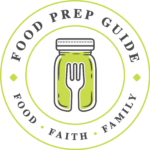
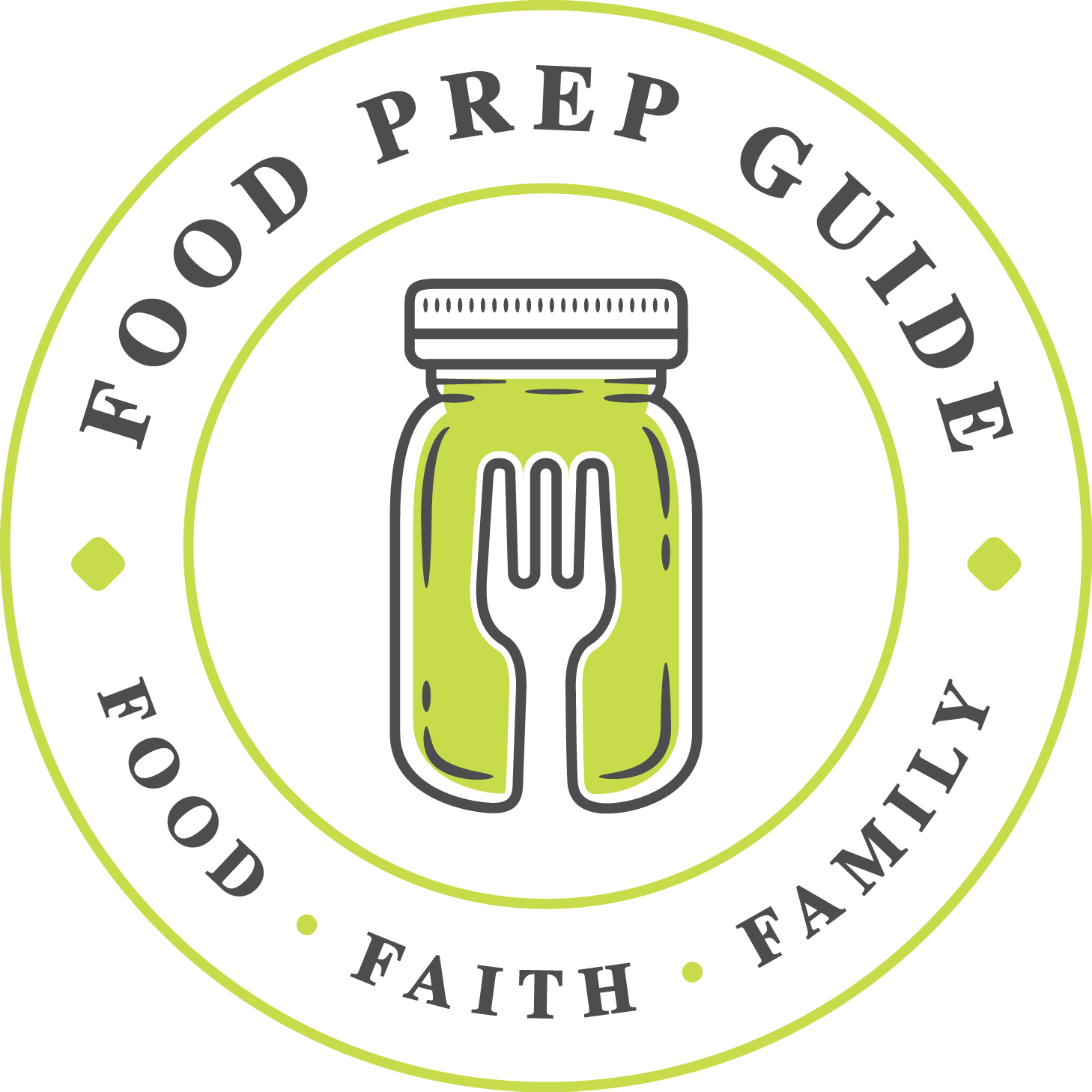
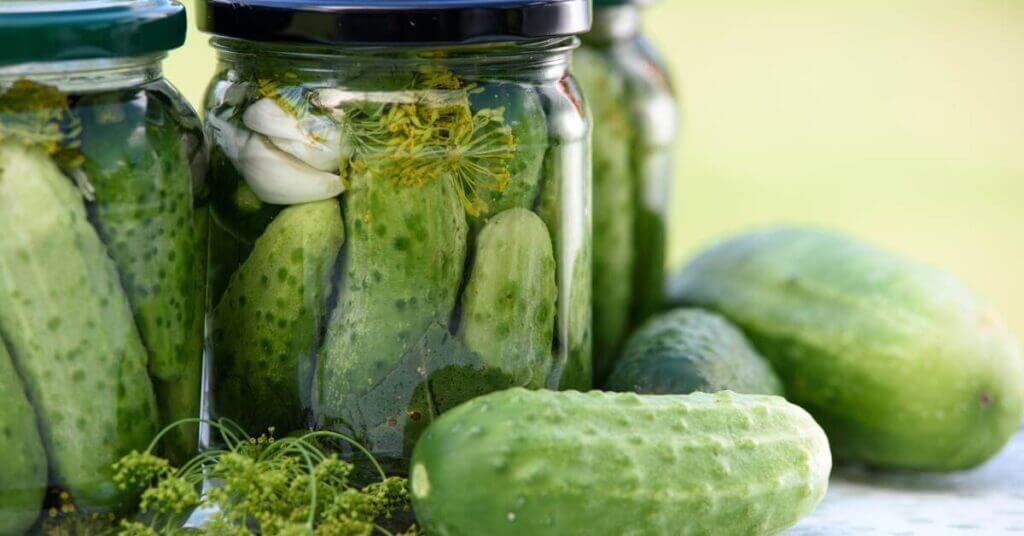




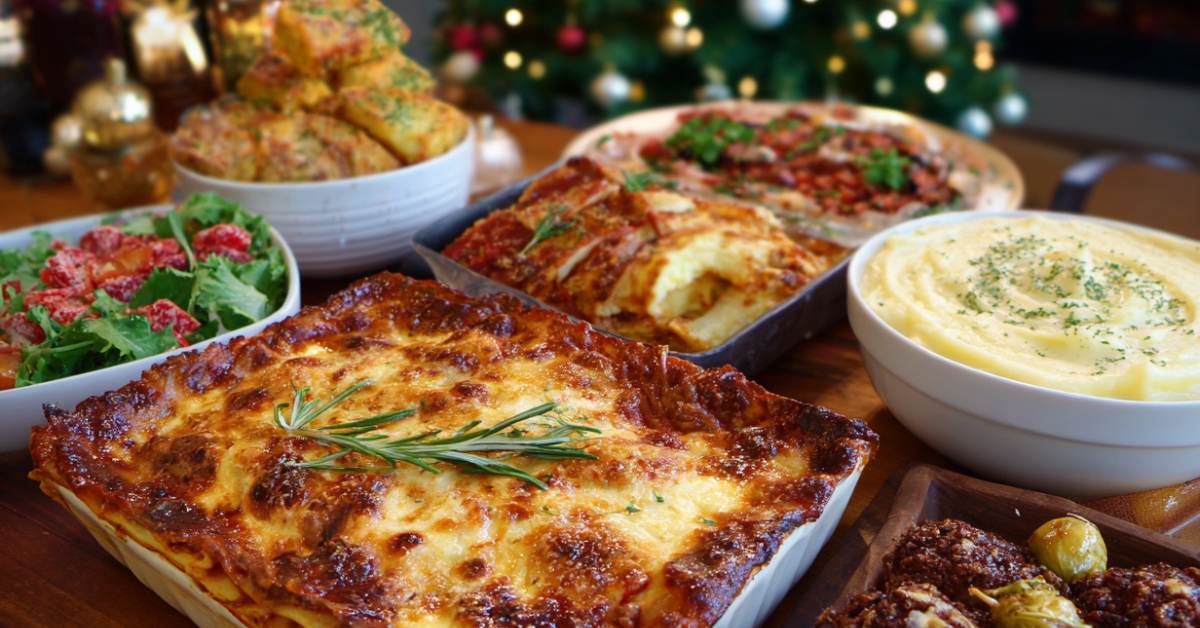
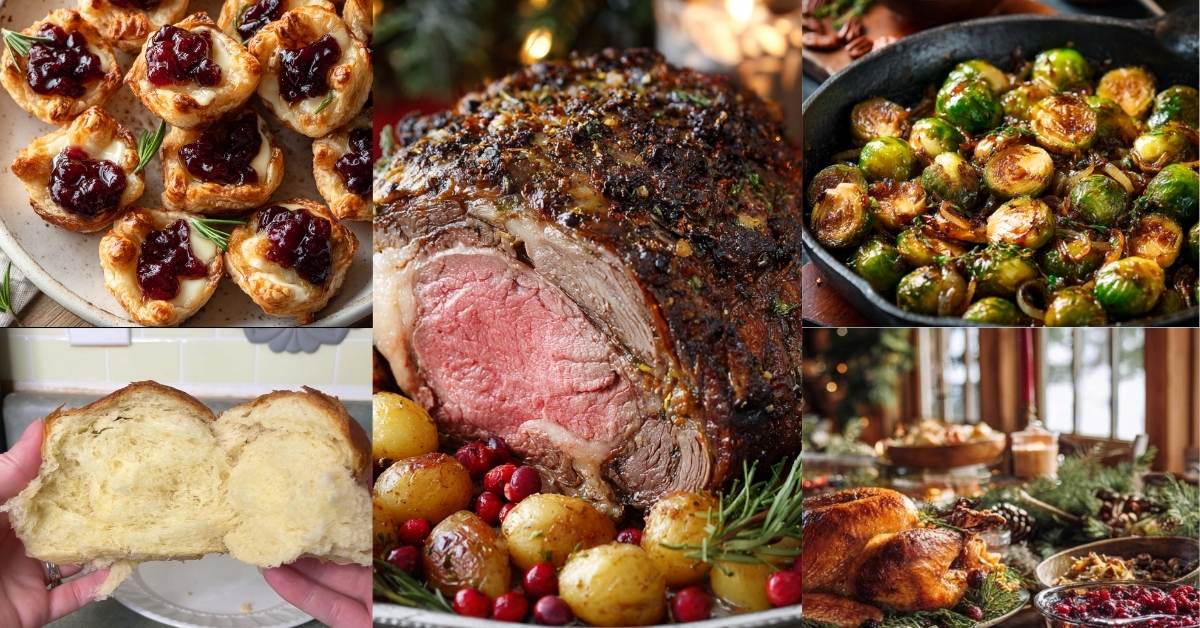
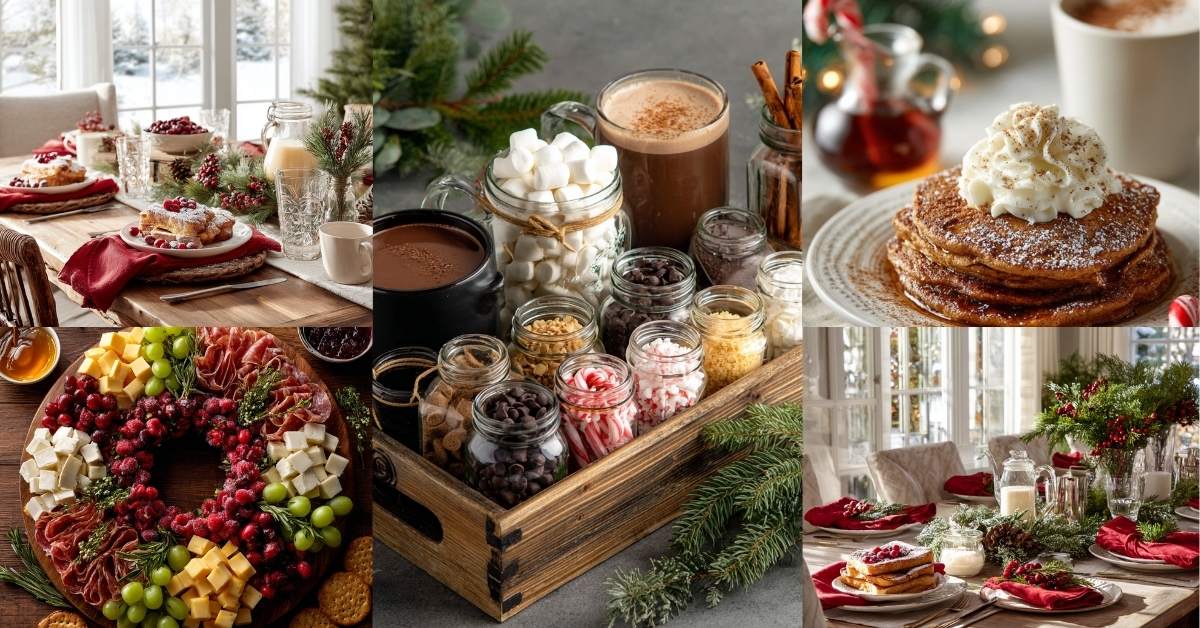
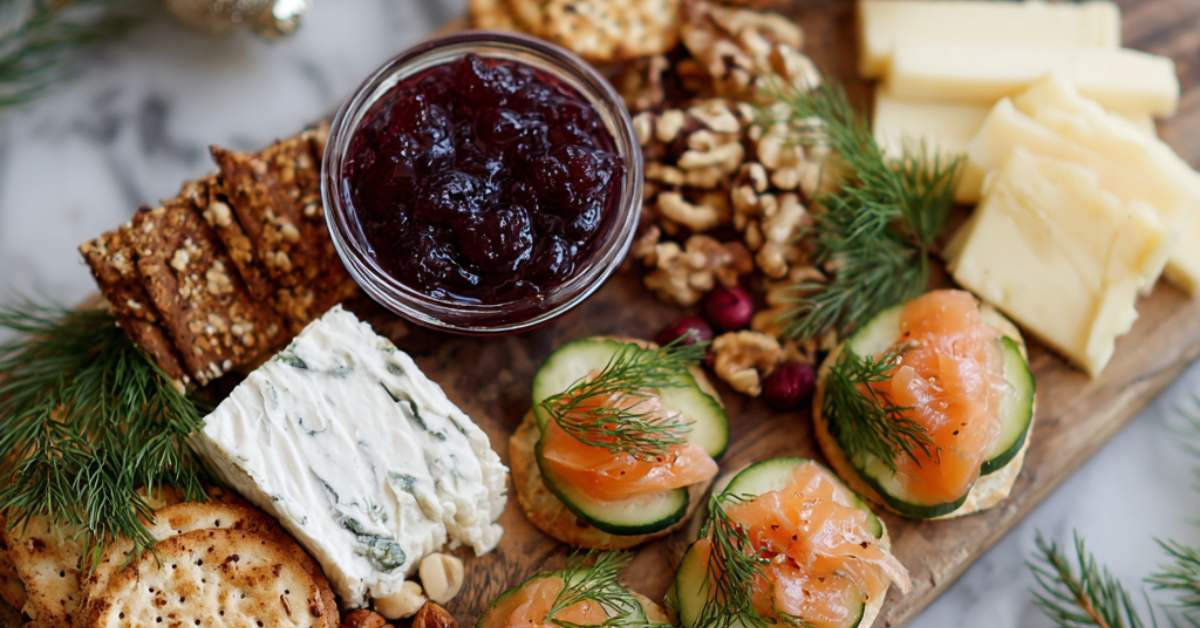
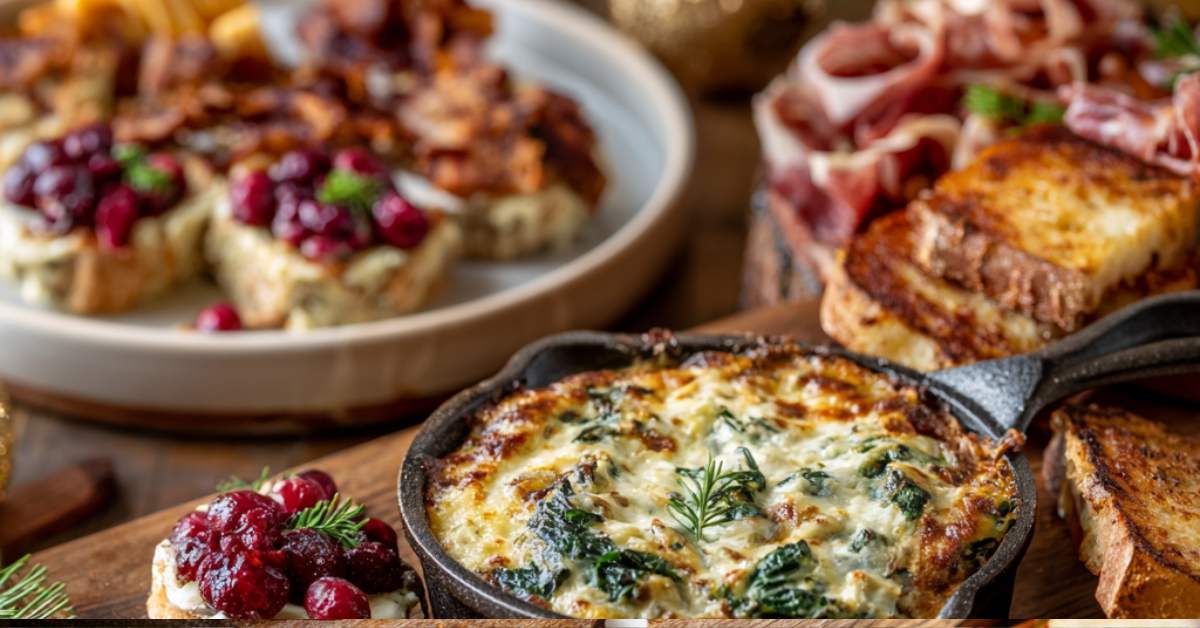

Outstanding report.